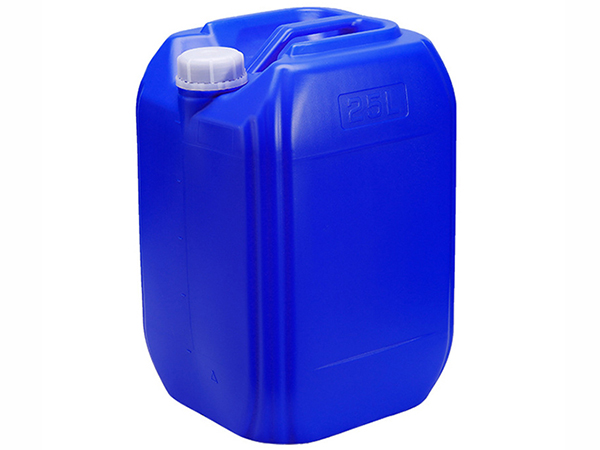
Fixing agents are additives used to improve the dyeing fastness of dyes on fabrics. As a finishing agent, it can combine with the ionic water-soluble groups of dyes to form insoluble colored substances, improving the washing and sweating fastness of colors, reducing the hydrophilicity of dyes, effectively improving the fixation rate, water washing resistance, friction fastness, and dye utilization rate of dyes, and sometimes improving their light fastness
The main mechanisms by which fixing agents improve the dyeing fastness of water-soluble dyes are as follows:
1. By combining cationic groups such as quaternary ammonium or tertiary amine salts in the fixing agent molecules with anionic groups in the dye molecules, insoluble color lakes are formed and deposited on the fibers, thereby improving color fastness. The stronger the cationic nature of the fixing agent, the better the fixing effect
2. Using the reaction groups on the fixing agent molecules (such as - Cl, epoxy groups, etc.) to undergo crosslinking reactions with the active groups of fibers and reactive dye molecules (such as - OH, - NH2, etc.), and fixing agents containing imine groups (- NH) can form coordination bonds with metal complex dyes. The combined effect of these factors can reduce the water solubility of dyes and improve their color fastness
3. Use fixing agents to form a film on the dye to improve dyeing fastness. After the fixing agent is applied to the dye, it undergoes high-temperature baking and self crosslinking reaction to form a film with a certain strength. This fixes the dye on the surface of the fiber by the film to prevent it from falling off easily, thus achieving the goal of improving color fastness
4. The fixation agent is used to buffer and neutralize the acid substances in sweat, so as to avoid the covalent bond breaking between dyes and fibers, which can improve the sweat fastness of dyes
5. By utilizing the smoothing effect of some functional groups, the friction coefficient of the fabric can be reduced. Additionally, it can prevent the contact of dyes with water or other media, prevent dye swelling, hydrolysis, and detachment during the friction process, and improve dry and wet friction fastness
6. Introduce ultraviolet absorption groups into the fixing agent molecules to achieve the absorption of ultraviolet rays in sunlight, reduce the damage of ultraviolet rays to the dye structure, and thus achieve the goal of improving sun fastness. According to patent reports, salicylic hydroxamic acid is treated with NaOH and CuSO4 • 5H2O solutions to produce a sun resistant fixing agent, which has good application effects at pH values of 6-8
7. Utilize the chlorine absorption or reduction properties of some substances (polyamines or reducing substances that can absorb effective chlorine) to reduce the attack of chlorine on dyes, thereby improving the fastness of dyed fabrics to chlorine bleaching

About
Brief introduction Application Certificate Laboratory Connectproduct
Post finishing agent Enzymatic water Brightener Printing/Coating Additives MoreNews
Dynamic Lnformation Common
Mobile website

TRL:+86 0769-88124837
Chinese mailbox:dgtshdrl@163.com
English mailbox:postmaster@tianshengchem.com
Guangdong Tiansheng Environmental Protection New Material Technology Co., Ltd. Copyright © 2023 all rights reserved